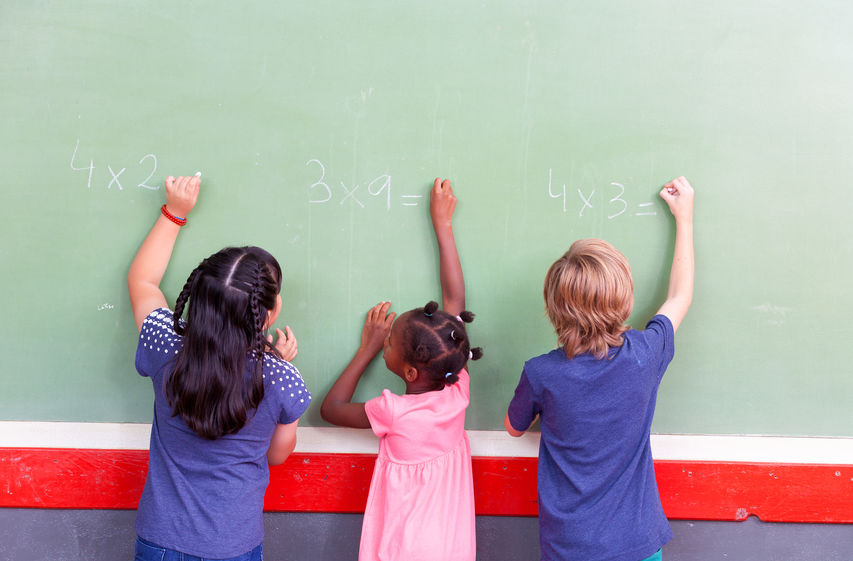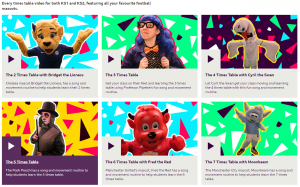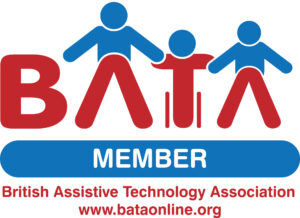Tricks and tips to learn times tables
By the age of ten, English school children are expected to have instant recall of all the times tables up to twelve. For many of them this will be a challenge. However, there are plenty of ways we can help them to learn them, even having some fun along the way.
Traditionally times tables are taught by rote, that is, everyone chants them altogether. This can lead to children being able to respond instantly when asked a calculation – such as 6 times 7 – without necessarily understanding what that means, or why that is the answer. So nowadays teachers use a variety of teaching methods, intended to provide numerical understanding as well as parroted recall.
All of us learn in different ways. Whilst the notion of learning styles has largely been dismissed, multi-sensory learning still has a place in the classroom, so approaches using practical activities, alongside visual and aural ones, will give pupils a greater opportunity for understanding.
That is not to say that having the class say times tables aloud in unison no longer happens, rather that this will be set to music, as a rap, perhaps. BBC Bitesize has a set although there are plenty of examples on Youtube.
The use of number squares also helps, having a grid of numbers in rows of 10, usually up to 100 (although 144 is where times tables end) upon which learners can look for the patterns made by the answers in each times table. These can be used to show the commonalities between tables, how they share answers, that 2, 4, and 8, for example, or 3, 6, and 9 all follow similar patterns.
It is also helpful to show children that once they know one fact they actually know two, due to the principle of commutativity, which just means that when you know 3 x 4, you also know 4 x 3.
For some learners it will help to physically make the numbers using Unifix or similar (even Lego can work here) to see how the patterns build. Clicking blocks together to make the answers, then laying them down next to each other will outline and reinforce the way in which the numbers progress in any given table.
Flashcards are also a useful prop. Make up a set of twenty four for each times table, with calculations on one group and answers on the rest. At first simply play matching exercises where they are paired up correctly, so they make complete ‘number sentences,’ such as ‘3 x 4 = 12’. Next turn the calculations over and leave the answers face up, so that the first halves come up randomly. Then turn both answers and calculations over and make it a game of Pelmanism.
You can also place the flash cards around the room so pupils will see one half then search for the other as they work during the day.
Another technique is to teach children quick ways to find answers, such as adding a 0 in the ten times table, doubling numbers in the two times, repeating the number in the eleven times, and knowing that the answers in the nine times table always add up to 9.
One thing that always aids learning is to put it into use in real life context. Maths can be an abstract subject, yet it has many concrete applications. This could be when shopping, you might pick up four packs of four yoghurts and ask how many that is. Or three packs of six fruit juice cartons. Or it might be that there are five rows of three seats in the minibus, how many people can it carry?
Times tables are a fundamental element of mathematics. Whilst learning them can prove a challenge, there are many ways to help achieve the instant recall that will prove so useful.
By John Galloway
John specialises in the use of technology to improve educational opportunities for children and young people with special educational needs. Much of the week he works in Tower Hamlets, in London’s east end. He also freelances as a writer, consultant and trainer. @johngalloway









